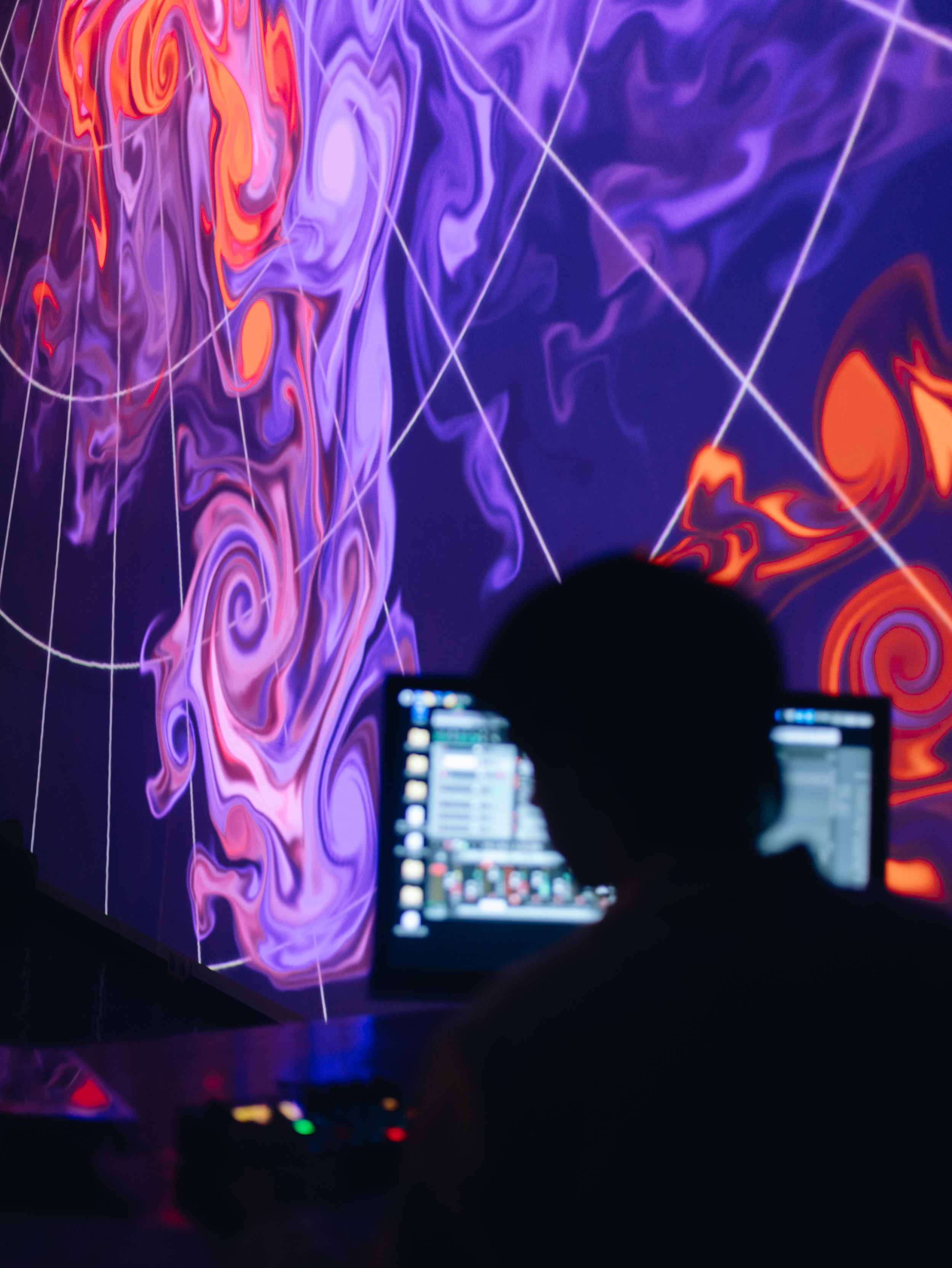
BLUE SKY, GREEN SCREEN
lecture performance with Nóra BARNATrafó Stúdió, Budapest, 2024
Why do we still need human mediation despite increasingly sophisticated forecasting models and digital technologies? What role do human perception and knowledge play in making forecasts? Is it possible to imagine prognostics without human intervention? How relevant are everyday weather observations in the context of climate change?
During the research residency of Workshop Foundation in Budapest, we explored the connections and expressive possibilities of meteorology history, multimedia, and movement.
Music: Barnabás TÓTH
Special thanks to Workshop Foundation and András László NAGY
Photos by Dániel GAÁL
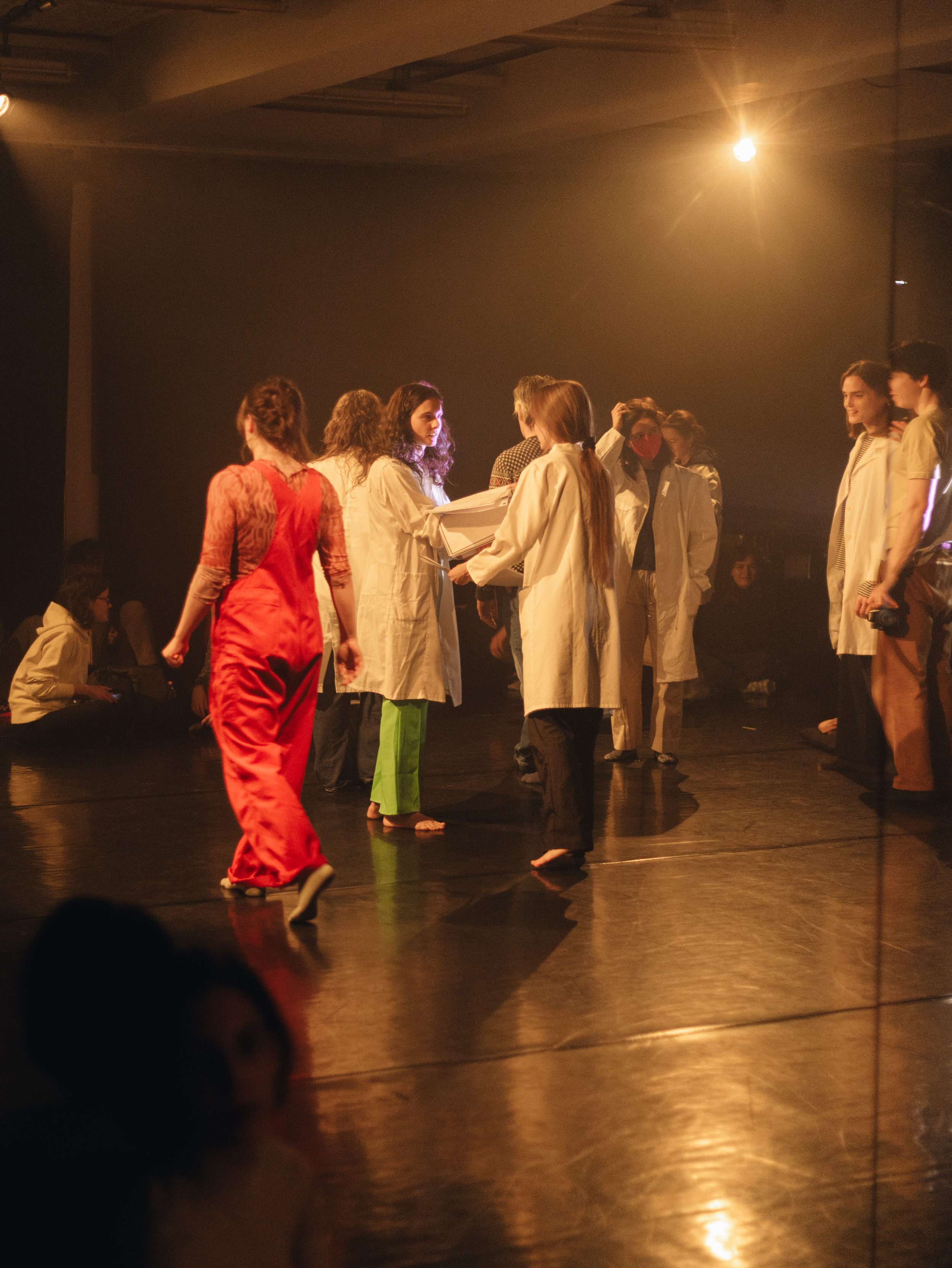

During World War I, Lewis Fry Richardson developed the first mathematical model for global weather forecasting.
In the absence of electronic computers, he envisioned a vast forecasting center where tens of thousands of people would simultaneously carry out the necessary calculations.
This "forecasting factory" would operate day and night, with each group specializing in a specific geographical area, solving equations in real time to keep pace with the weather.
In the absence of electronic computers, he envisioned a vast forecasting center where tens of thousands of people would simultaneously carry out the necessary calculations.
This "forecasting factory" would operate day and night, with each group specializing in a specific geographical area, solving equations in real time to keep pace with the weather.
This utopian vision inspired a spatial movement traced along self-generated atmospheric curves, in which the act of weather forecasting transformed into a physical performance.
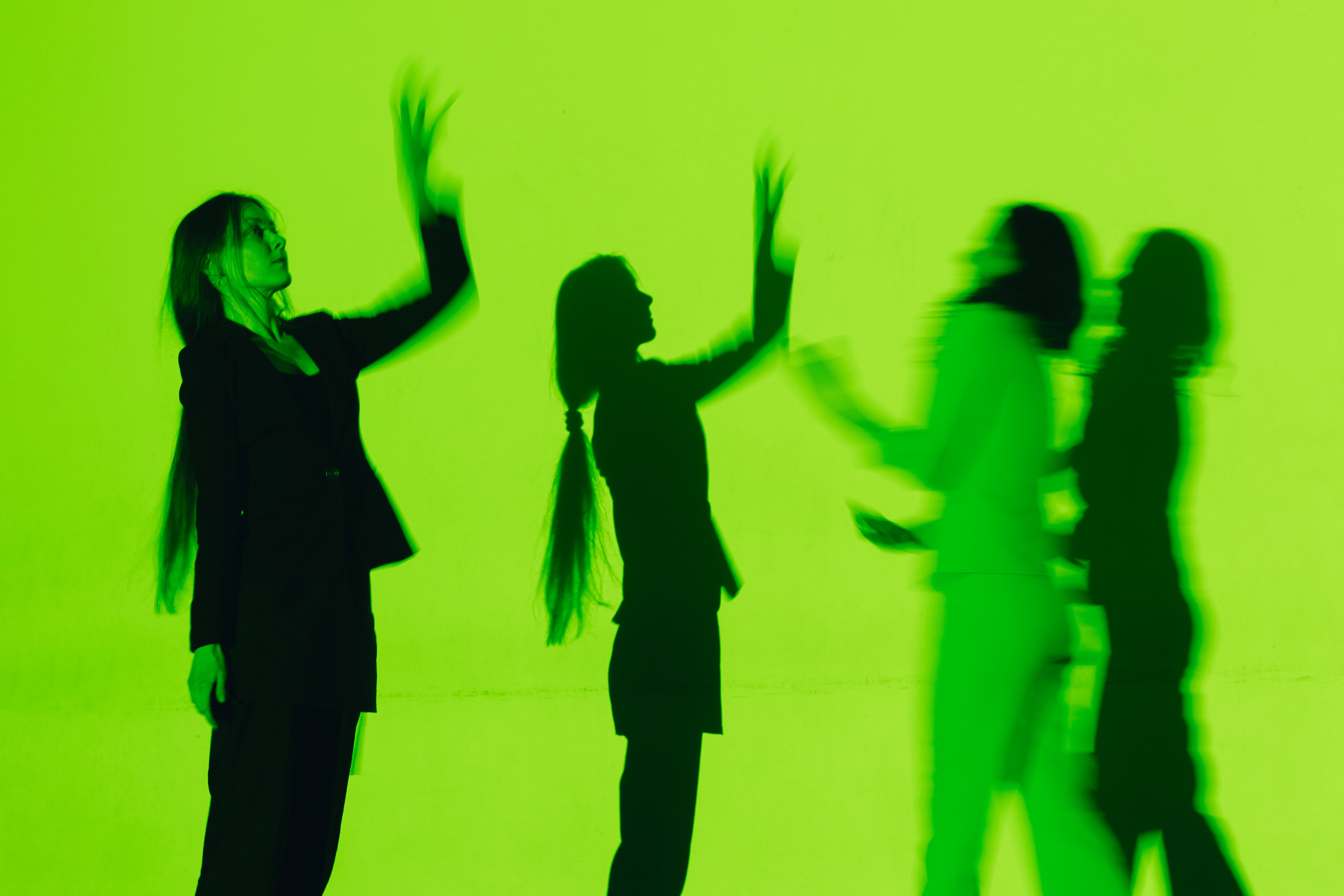
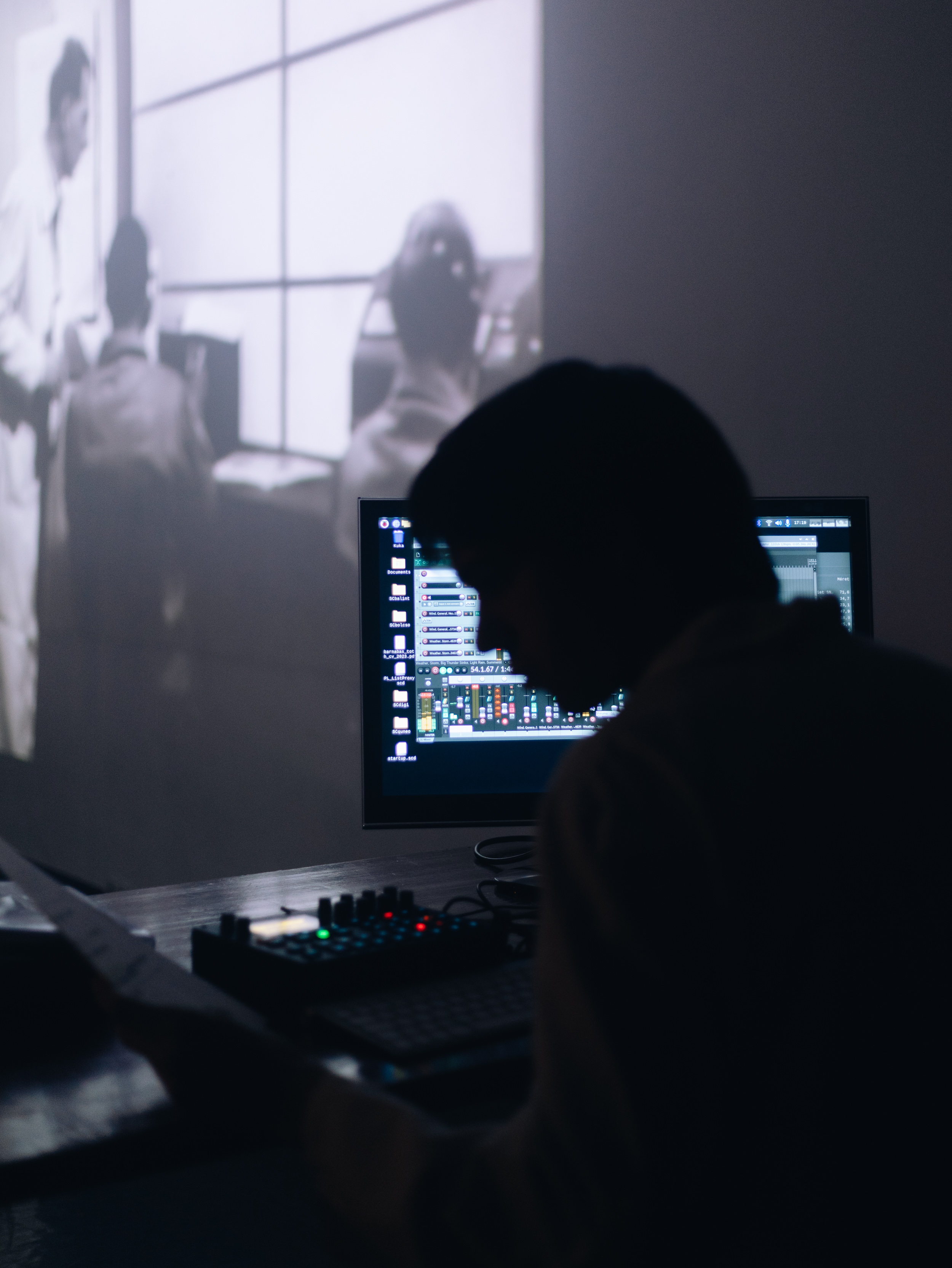
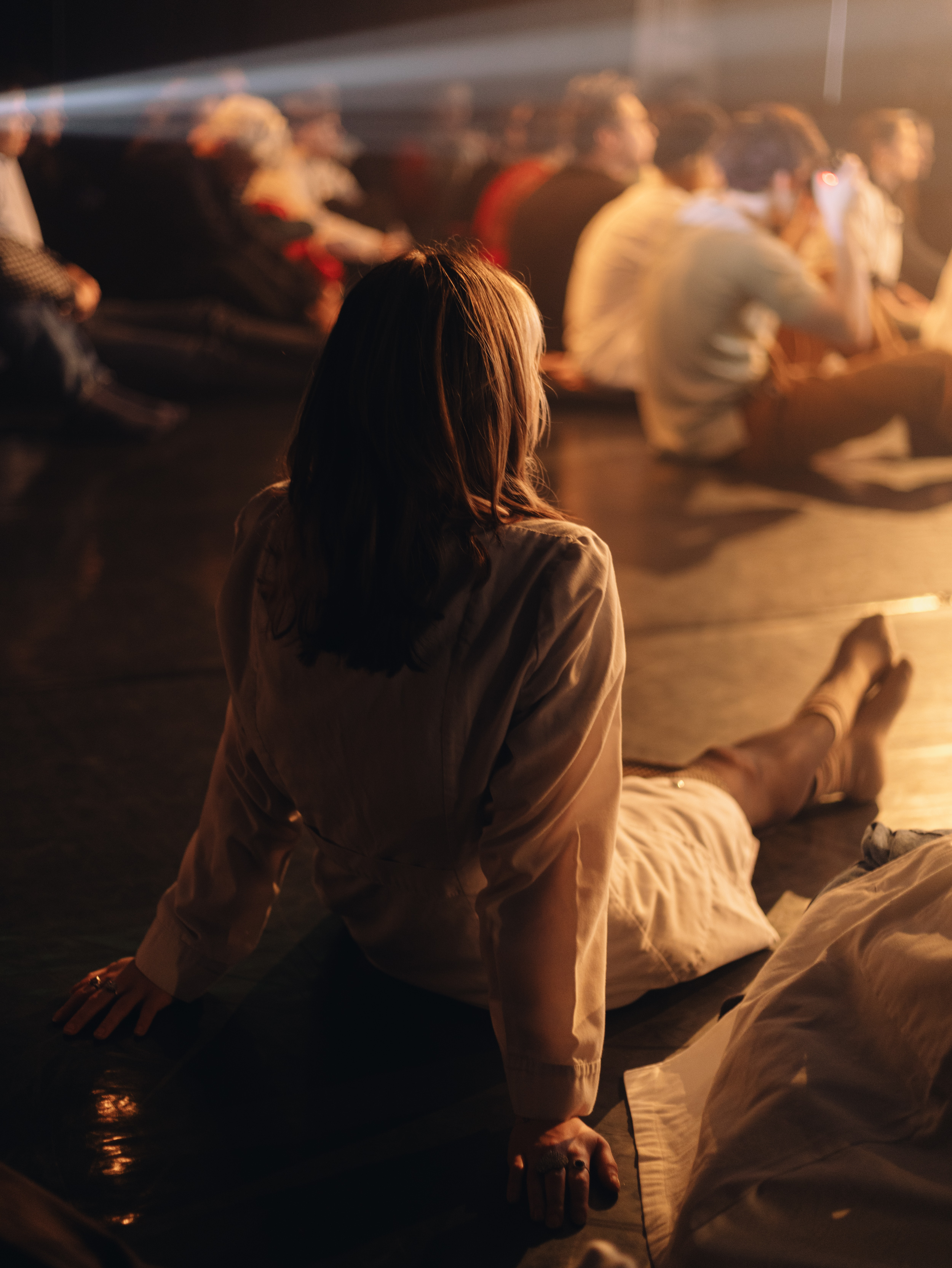
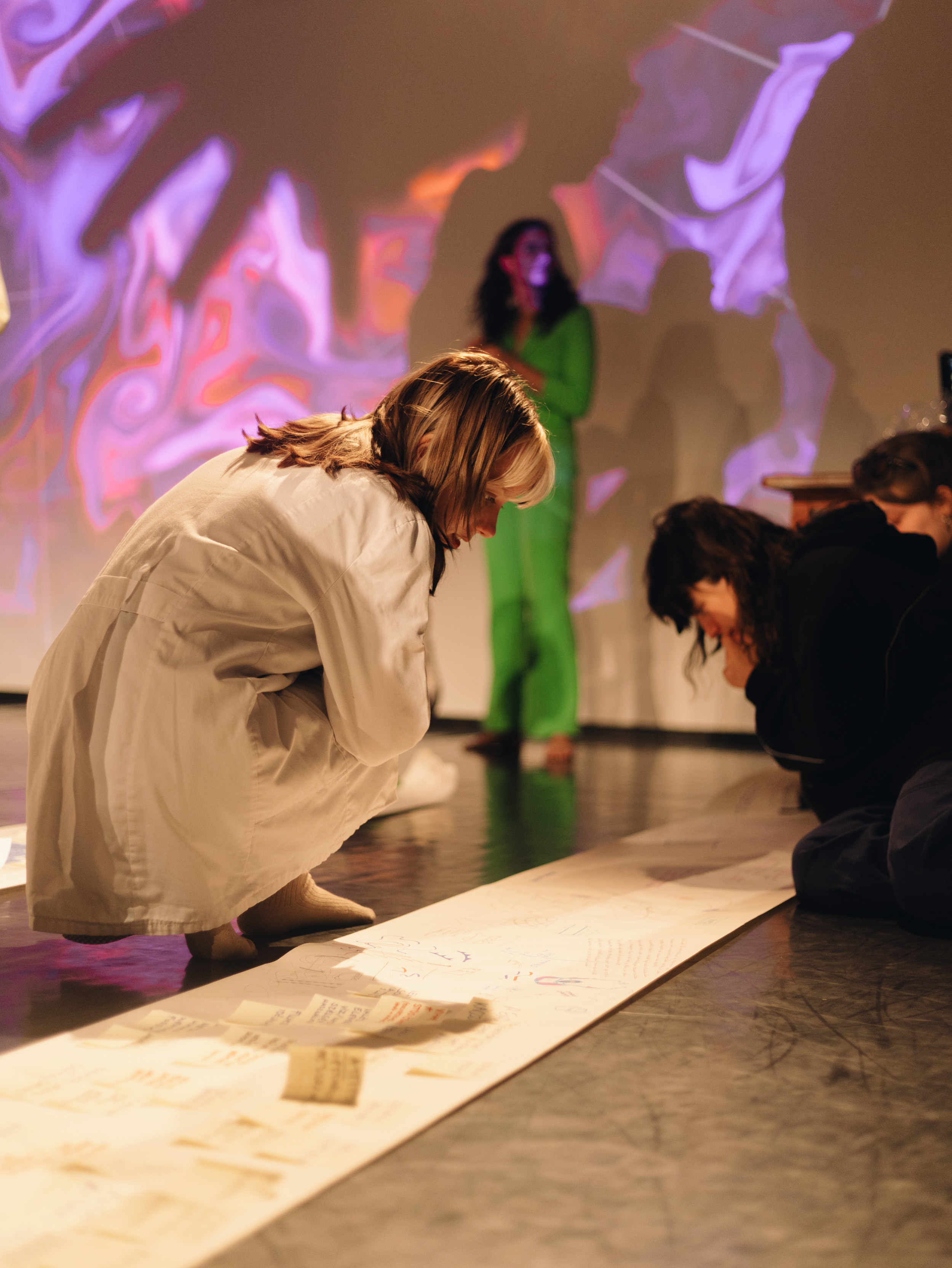
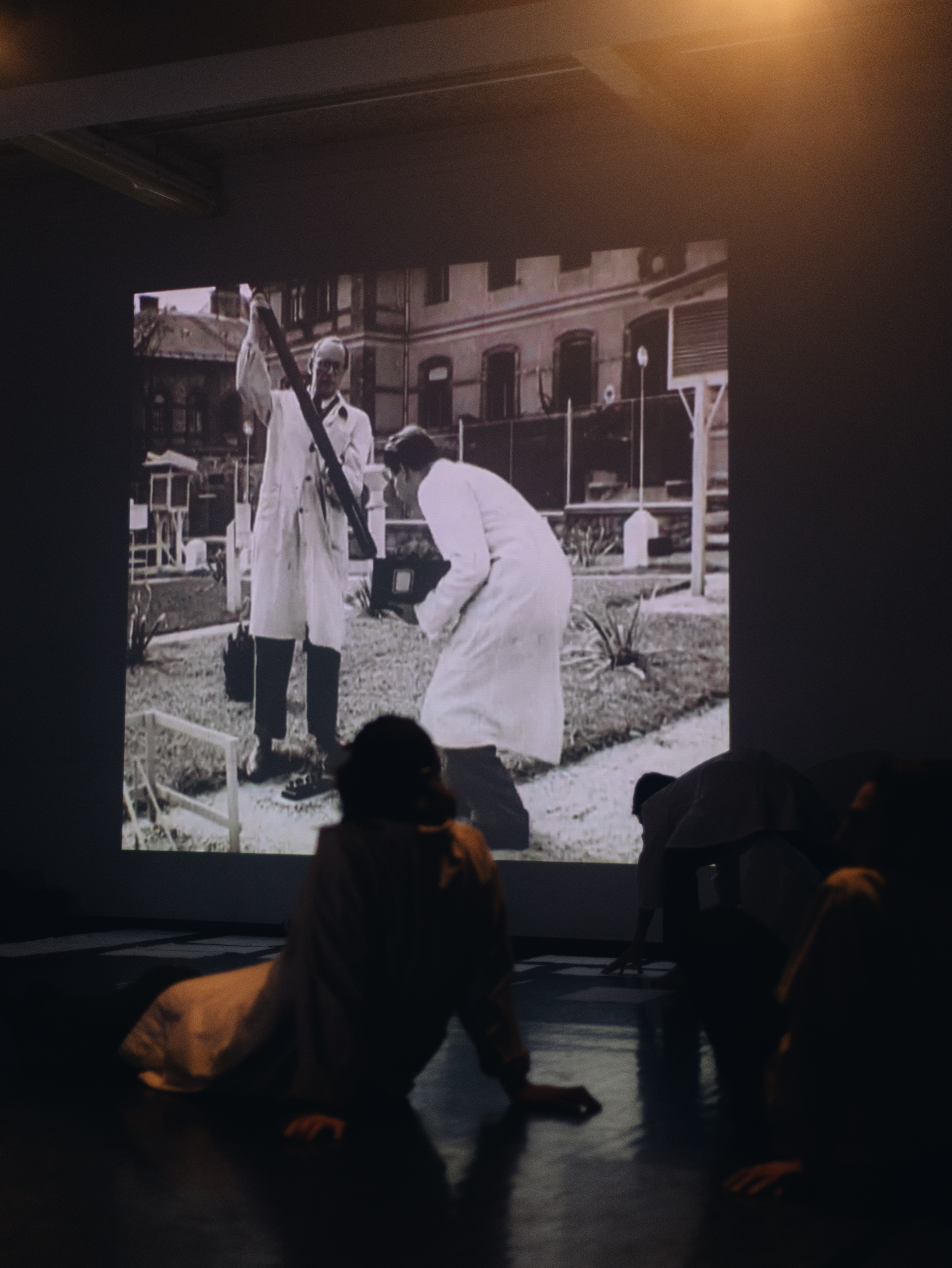
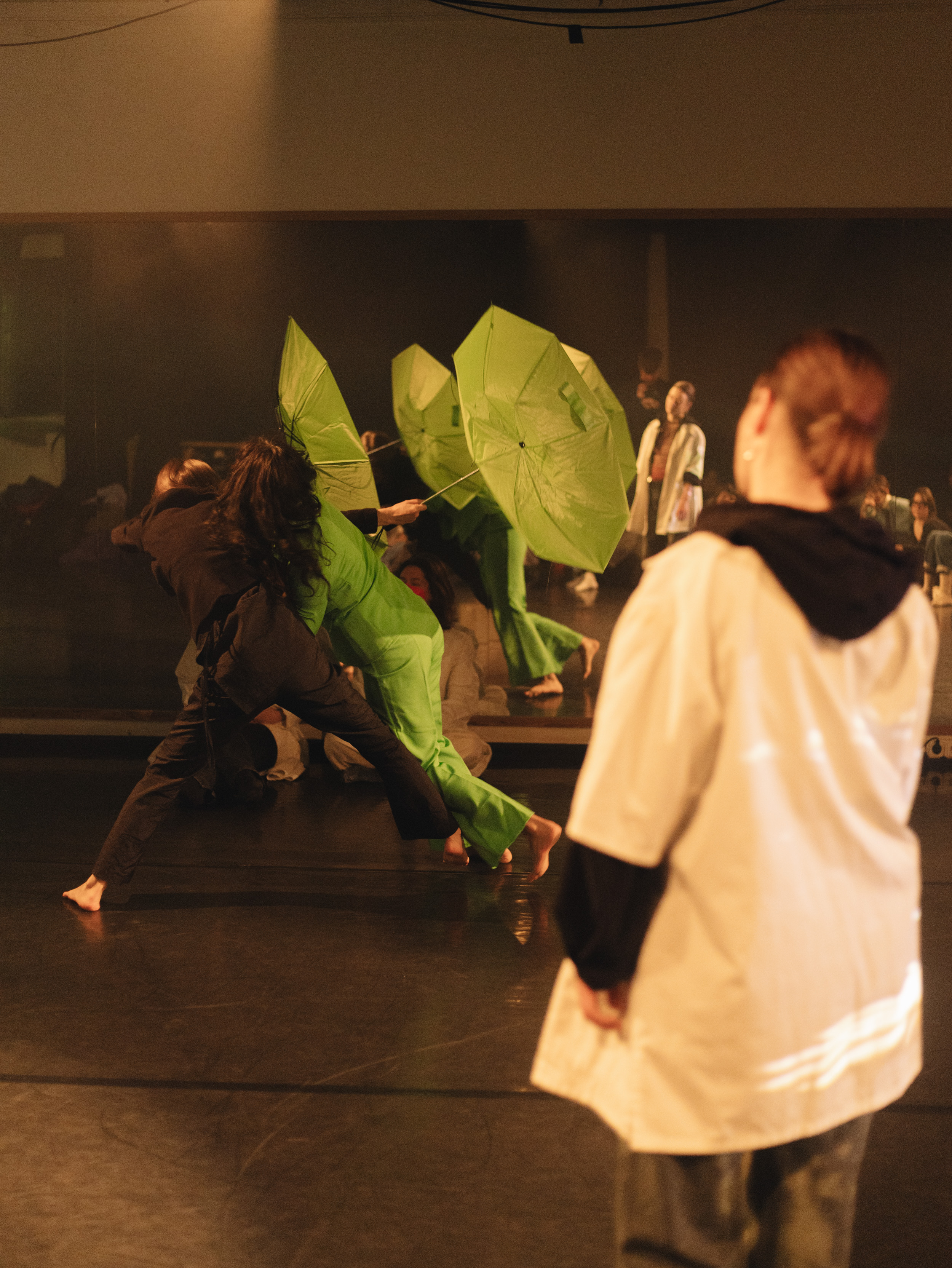
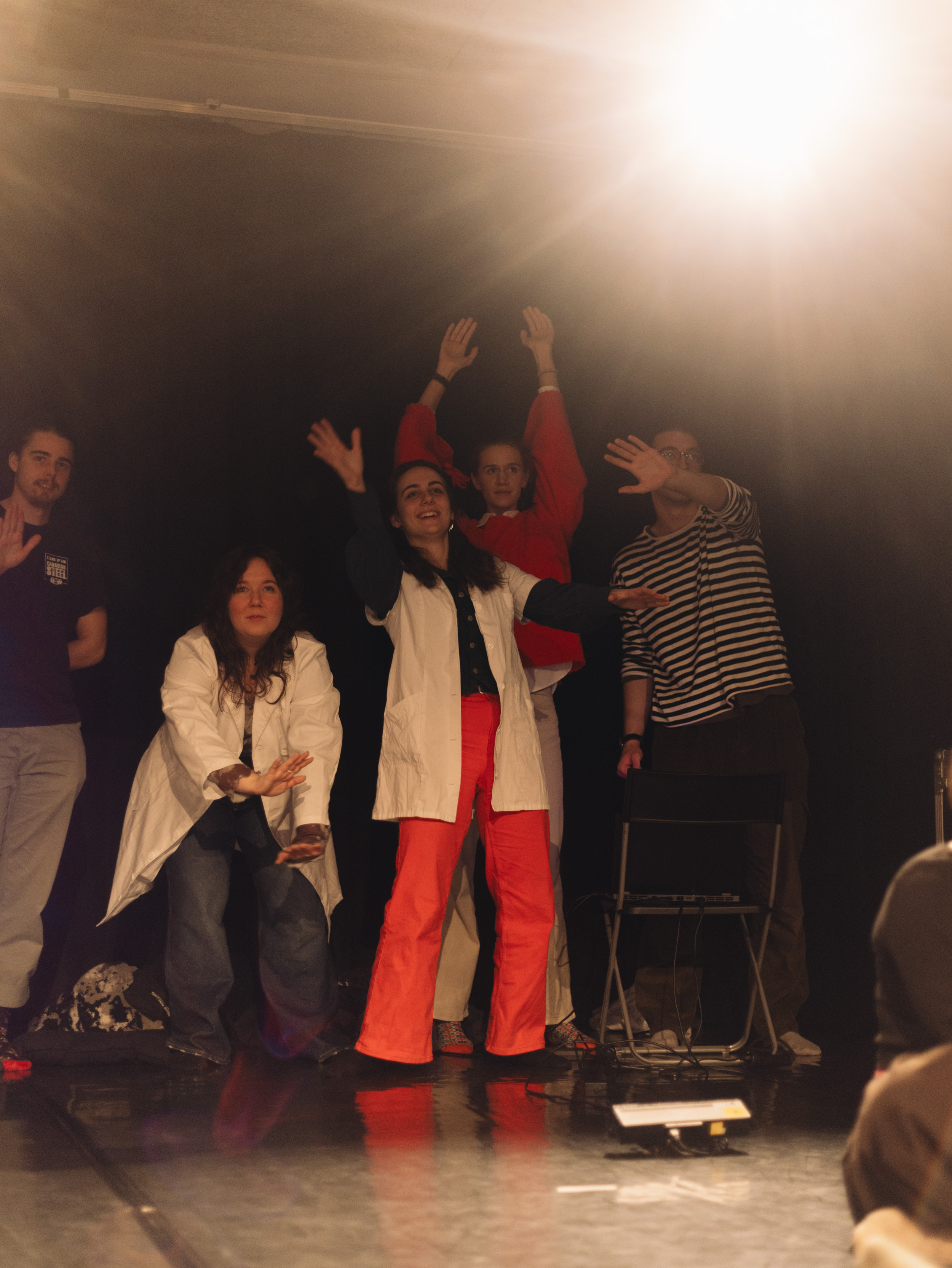

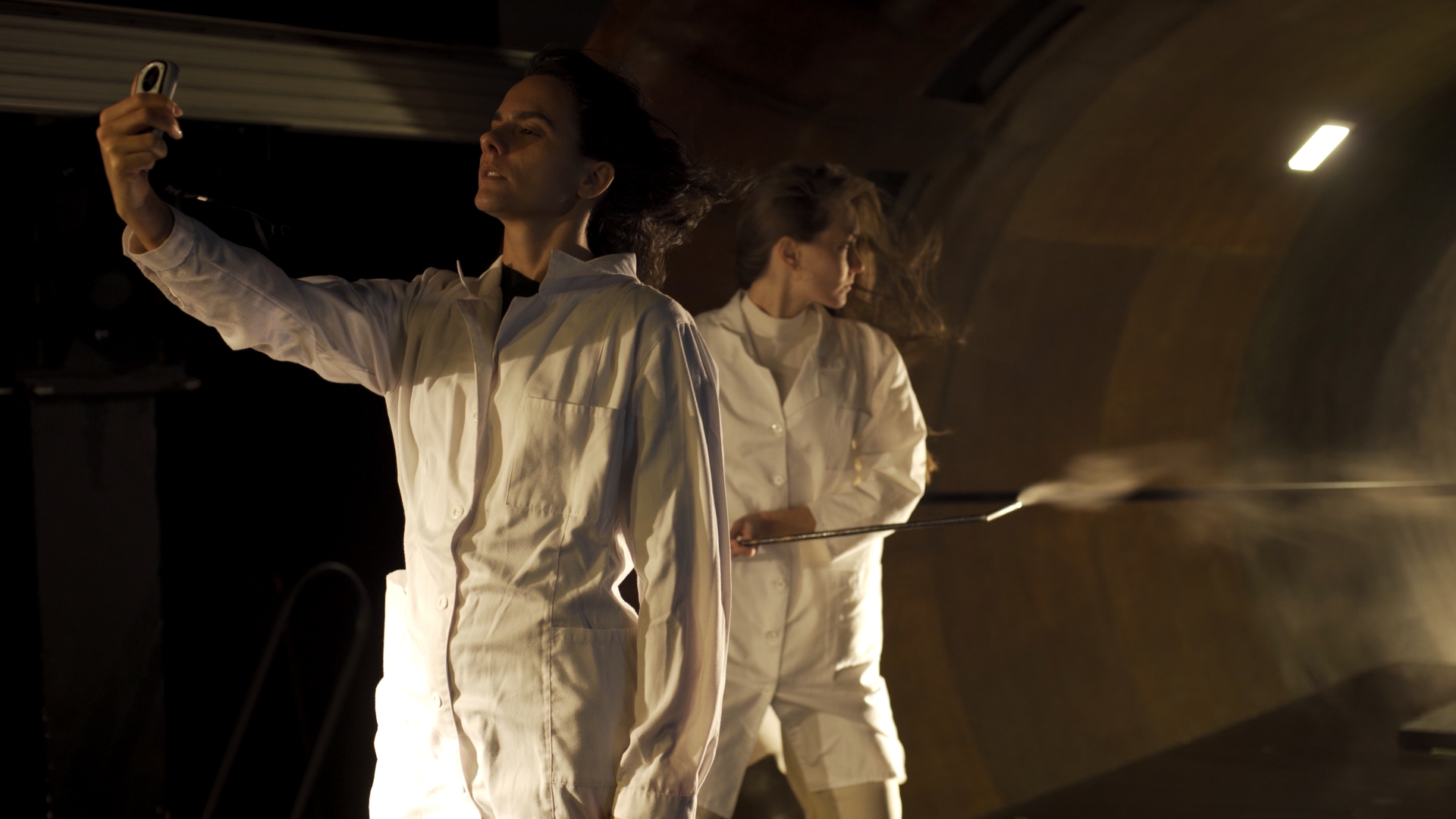
Weather Machine
video 11’13”
Two figures stand within the wind tunnel, enacting the gesture of measurement. The human body—ordinarily subject to air, turbulence, and instability—is here subsumed into the system of quantification, becoming both instrument and subject of its own calibration. Dwarfed by the monumental apparatus, the figures hold obsolete devices, their insistence on control where control is unattainable evoking broader cultural anxieties: the relentless accumulation of data, the fetishization of measurement, and the persistent illusion of mastery over nature in spite of our fundamental fragility within it.
Wearing lab coats stages “science” as a costume and performance, rather than a purely rational pursuit. The lab becomes a theater of knowledge production. Standing still inside the machine—rather than operating it—exposes the performativity of measurement: that science is not only about precision but also about gestures, authority, and symbols.
video 11’13”
Two figures stand within the wind tunnel, enacting the gesture of measurement. The human body—ordinarily subject to air, turbulence, and instability—is here subsumed into the system of quantification, becoming both instrument and subject of its own calibration. Dwarfed by the monumental apparatus, the figures hold obsolete devices, their insistence on control where control is unattainable evoking broader cultural anxieties: the relentless accumulation of data, the fetishization of measurement, and the persistent illusion of mastery over nature in spite of our fundamental fragility within it.
Wearing lab coats stages “science” as a costume and performance, rather than a purely rational pursuit. The lab becomes a theater of knowledge production. Standing still inside the machine—rather than operating it—exposes the performativity of measurement: that science is not only about precision but also about gestures, authority, and symbols.
As part of the research project Blue Sky, Green Screen with Nóra BARNA
Special thanks to the Theodore von Kármán Wind Tunnel Laboratory, Department of Fluid Mechanics (BME), Budapest, Hungary
Based in Budapest, Hungary.
